Media | Articles
2024 Jeep Wrangler Rubicon 4xe Review: The case for the cord
The 2024 model year marked the mid-cycle refresh for the fourth-generation Wrangler (JL in Jeep parlance), which debuted in 2017. We recently sampled a wide array of Wranglers in the southern Utah desert to familiarize ourselves with the changes. After time in Wranglers boasting workaday V-6s, honking 6.4-liter Hemi V-8s, and high-tech plug-in hybrid drivetrains, the verdict surprised us: The 4xe is the modern Wrangler to have.

What is it?
The current Wrangler offers five engine layouts, three transmissions, four different transfer cases, and five different axle ratios. You can build a Wrangler to topple mountains or soak up the sun on a run to the beach—or both.
In 2021, Jeep introduced a plug-in hybrid Wrangler, dubbed the 4xe. It pairs a 2.0-liter turbocharged four-cylinder engine with a pair of electric motors—one attached to the engine and one integrated into the eight-speed automatic transmission’s bell housing—to generate a total system output of 375 hp and a whopping 470 lb-ft of torque. Though that horsepower figure matches that of the V-8-powered Rubicon 392, efficiency is the 4xe’s selling point: In the right conditions, it can drive on battery power alone for up to 21 miles.
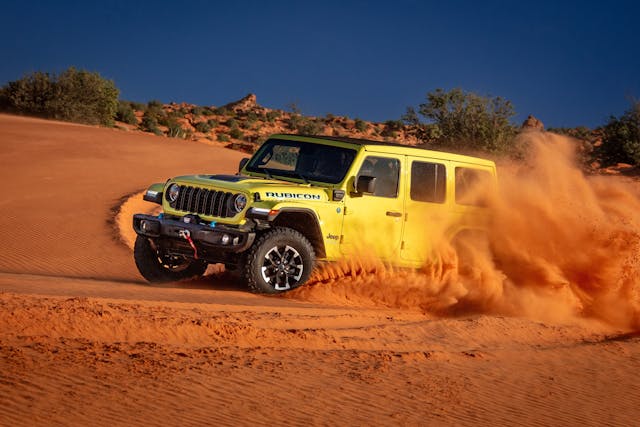
You can have your hybrid Wrangler in nearly any trim level, from the $50,000-ish Sport S all the way up to the $70,000 Rubicon X. (Both bookends of the 4xe lineup are new for 2024.) Regardless of trim, the 4xe experience remains entirely Wrangler, from the ladder-type frame to the solid axles at either end.
What’s new?
All versions of the Rubicon, which denotes the most off-roady Wrangler trims, now get a Dana 44 HD full-float rear axle that will better accommodate the mechanical stress generated by larger tires—a common customer upgrade. The mildly restyled seven-slat grille, shared by all 2024 Wranglers, was changed to make room for another Rubicon-specific first: a factory-integrated, fully crash-tested Warn winch rated for 8000 pounds.
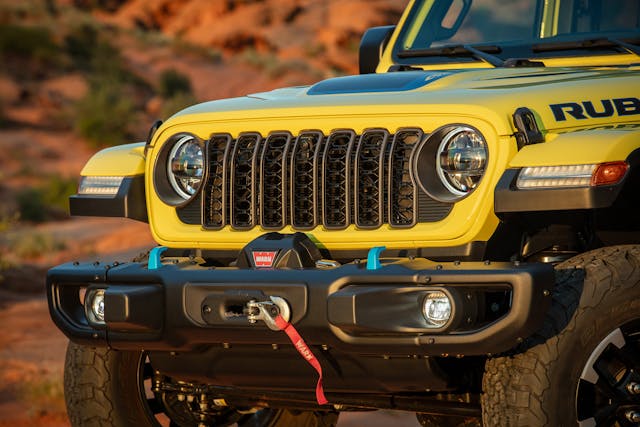
Inside, all Wranglers now get a 12.3-inch central infotainment screen with special backlighting technology that prevents the graphics from washing out in the open sun, something Jeeps (hopefully) see a lot of. That screen houses new software that is preloaded with 62 in-depth, pre-mapped off-road trails and, if you opt for a subscription, more than 3000 additional routes. Thanks to new sealed switchgear, Wranglers can finally have power-operated seats—even the Wranglers that can ford a short-soaking 34 inches of water.
Side-curtain airbags, new for 2024, protect first- and second-row occupants in the event of an accident.
For 4xe models, new driveline calibration enables almost 50 percent more effective energy scavenging in E-Save mode, a setting that tells the drivetrain to hoard battery power and generate more wherever possible. There’s also a new power box that plugs directly into the charge port to power external devices, perfect for an adventurous PHEV like this.

Specs: 2024 Jeep Wrangler Rubicon 4xe
• Price: $62,380/$70,750 (base/as-tested)
• Powertrain: 2.0-liter, turbocharged four-cylinder, two integrated electric motors, 17.3 kWh lithium-ion battery
• Output: 270 hp and 295 lb-ft (engine only) 375 hp and 470 lb-ft (hybrid combined)
• Layout: Four-wheel-drive, four-door, five-passenger SUV
• Weight: 5226 pounds
• EPA-rated fuel economy: 49/20 (MPGe/MPG)
• 0–60 mph: 6.0 seconds
• Competition: Ford Bronco, Toyota 4Runner, Land Rover Defender

What it does well:
City drives in the hybrid Rubicon are a breeze in all-electric mode, which even allows you to merge onto the highway. The electrified drivetrain really shines off-road, however, especially with the Rubicon’s 33-inch tires and 4.0:1 low-range transfer case: In electric-only mode, the battery’s steady, instantaneous torque makes scrambling up chunky rock faces a breeze. The whirr of cooling fans means that such wheeling is not the near-silent experience that some have claimed, but you’ll still clearly hear the rubber gaining and losing traction.
That larger screen is a real improvement, too, and not only for hard-core off-roaders using the Rubicon’s (optional) integrated front camera. The UConnect 5 infotainment system remains the best in the business. On the streets, the cabin is plenty quiet for a vehicle this boxy, and a new microphone array in the cabin means phone conversations over BlueTooth are no longer akin to a shouting match at a concert.
Marketplace
Buy and sell classics with confidence
Changes we’d make:
While the Wrangler remains one of the most customizable platforms in the world, the build sheet can be rigid. As a counterpoint, consider the Ford Bronco, which lets you drop the big tires and good diffs onto basically any trim level, from the cloth-upholstered base model to the cost-no-object Wildtrak trim. We’d love to see that sort of flexibility from Jeep. Imagine a cloth-seat, Wrangler Sport S 4xe with the 4.0:1 transfer case and the integrated winch … all under a factory warranty!

Who’s it for?
The 4xe makes a world of sense if you’ve got a daily work commute in the 10-to-15-mile range. Scoot to work under all-electric power, plug it in, drive home emission-free. If you don’t have charging ports, simply press on under gas power.
Plenty of overlanders would benefit from the 4xe’s utility, particularly now that the Jeep’s battery can power external devices. Think about a trip where you schlep through a wooded trail for the day on gasoline power, pull into camp with a full battery, then power the fridge, some floodlights, or an electric range while you erect camp.
Beach goers. Dirt-curious millennials. Old folks. Young folks. The Wrangler, more than most vehicles, is easy to justify in a variety of use cases. It’s hard to go wrong with any Jeep Wrangler, but the 4xe’s unique combination of practicality and capability makes it the one to have.
***
Check out the Hagerty Media homepage so you don’t miss a single story, or better yet, bookmark it. To get our best stories delivered right to your inbox, subscribe to our newsletters.

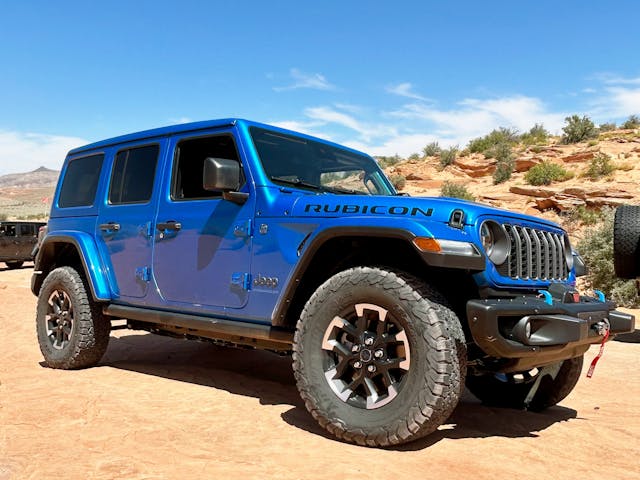
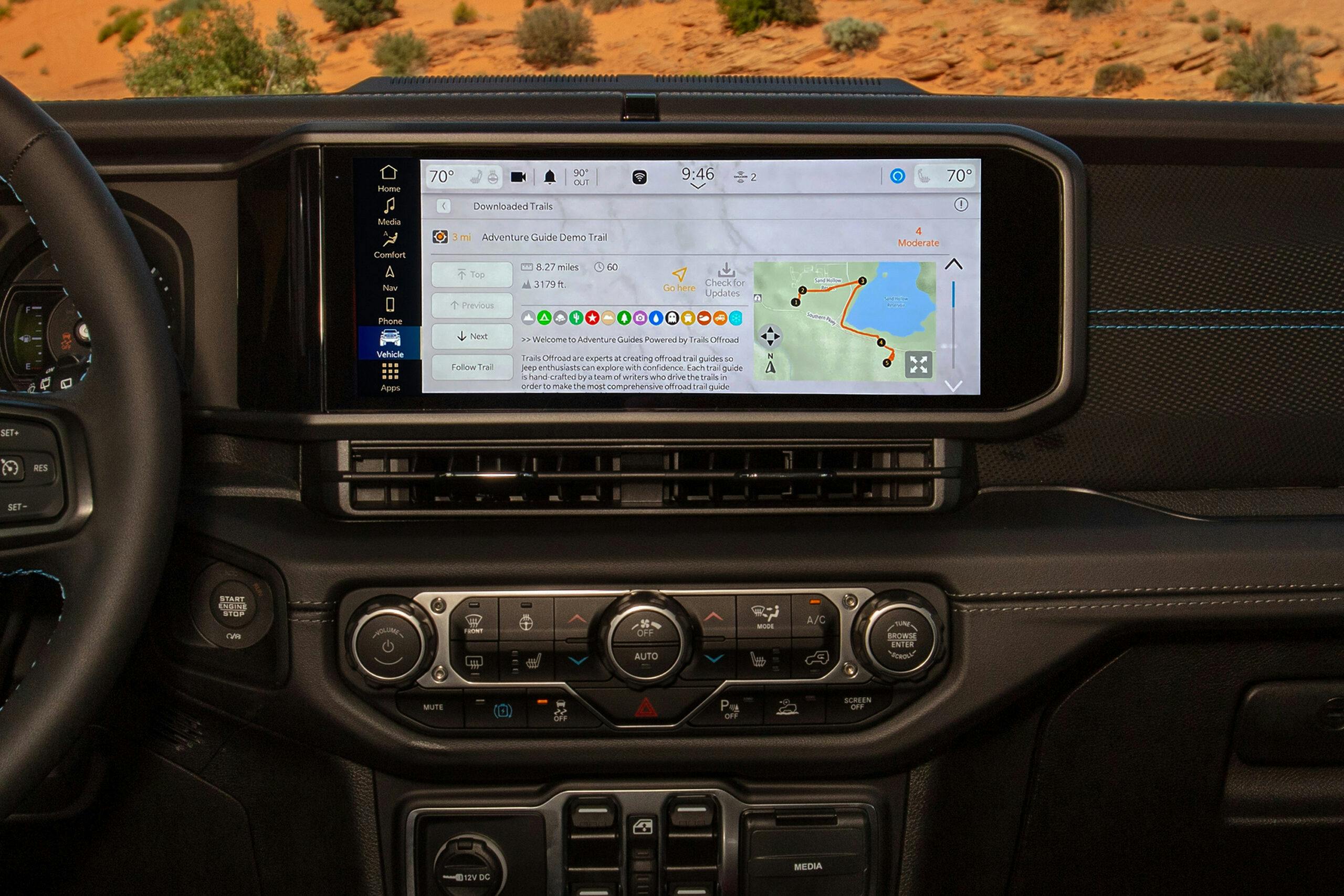
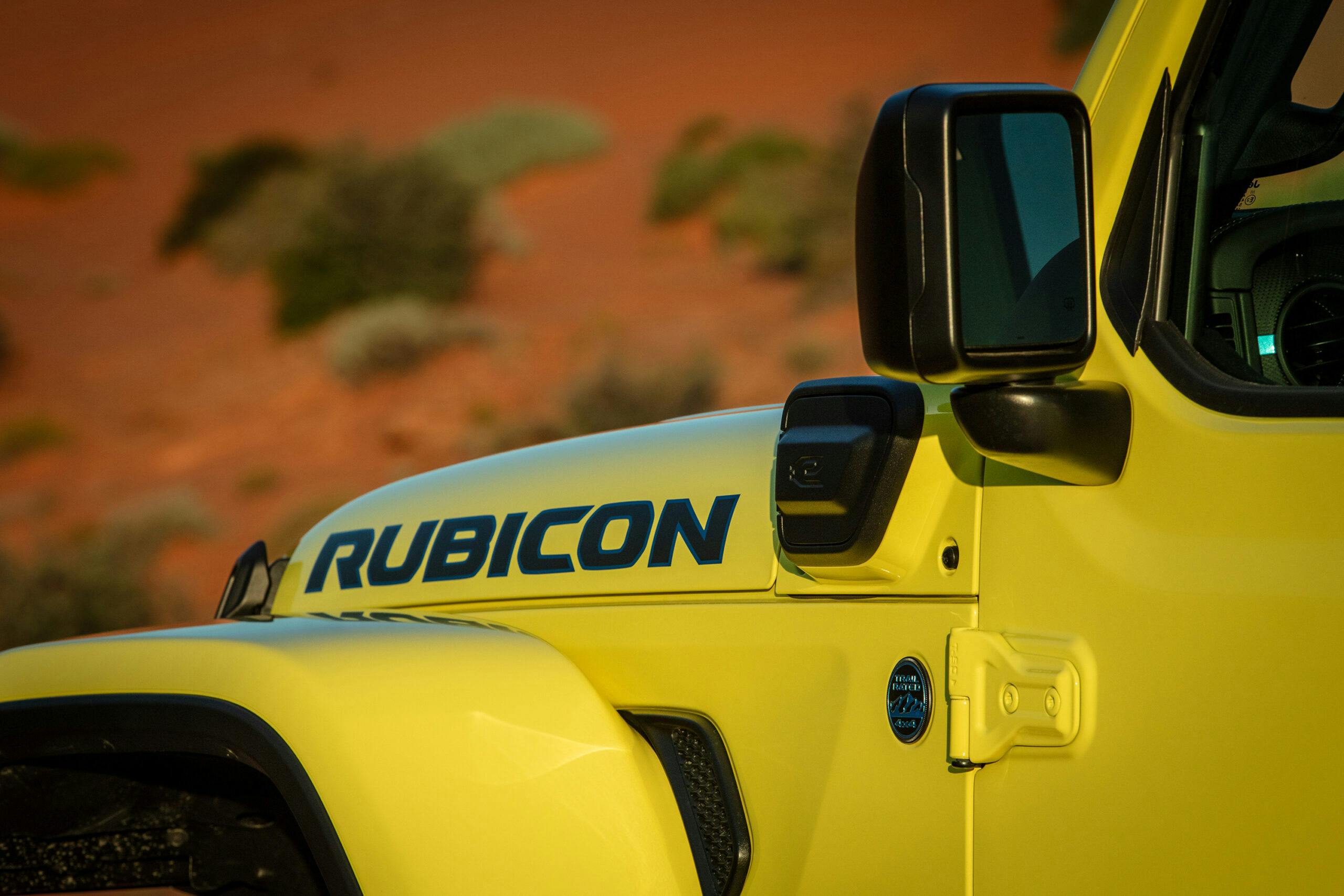
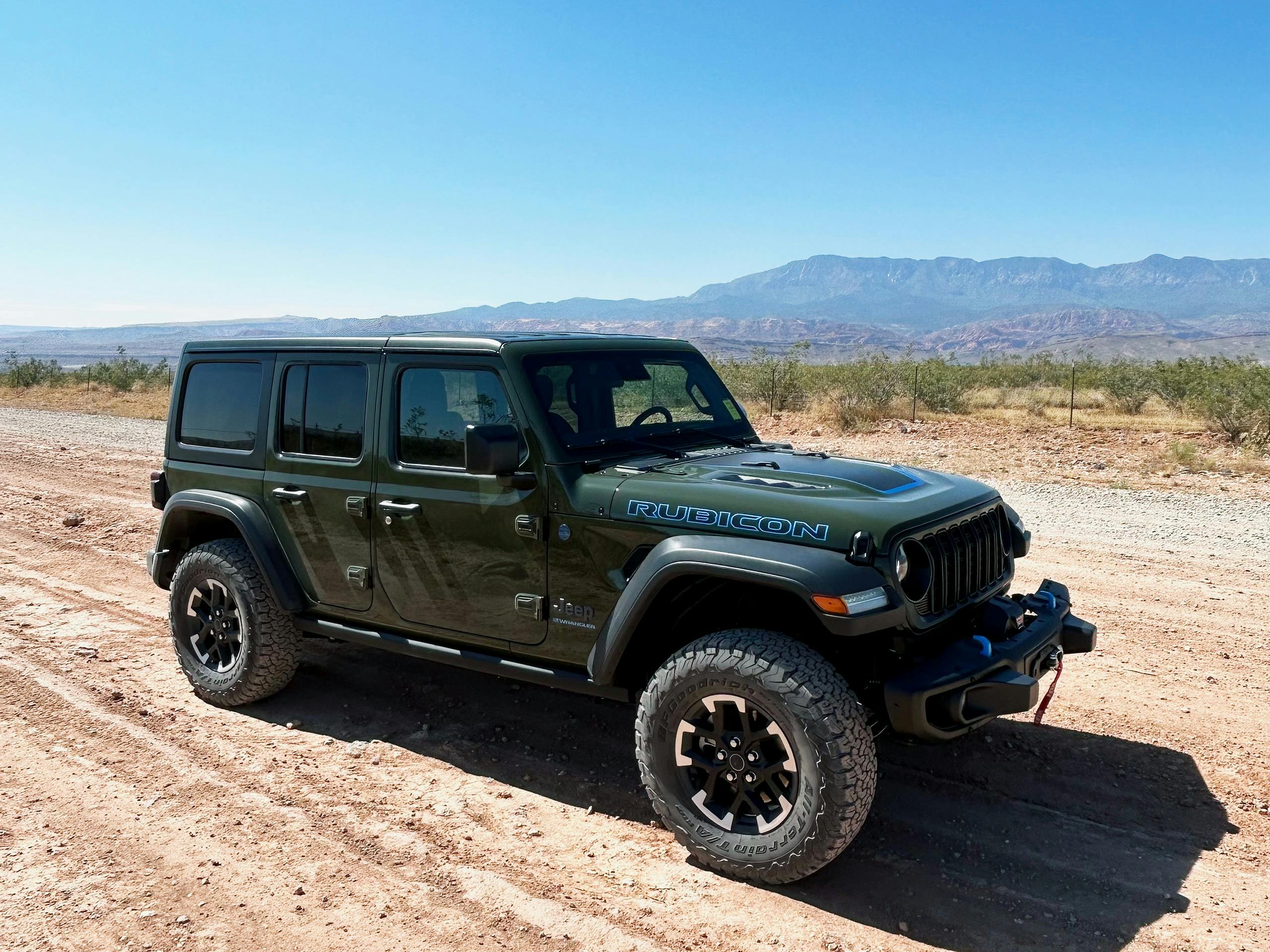
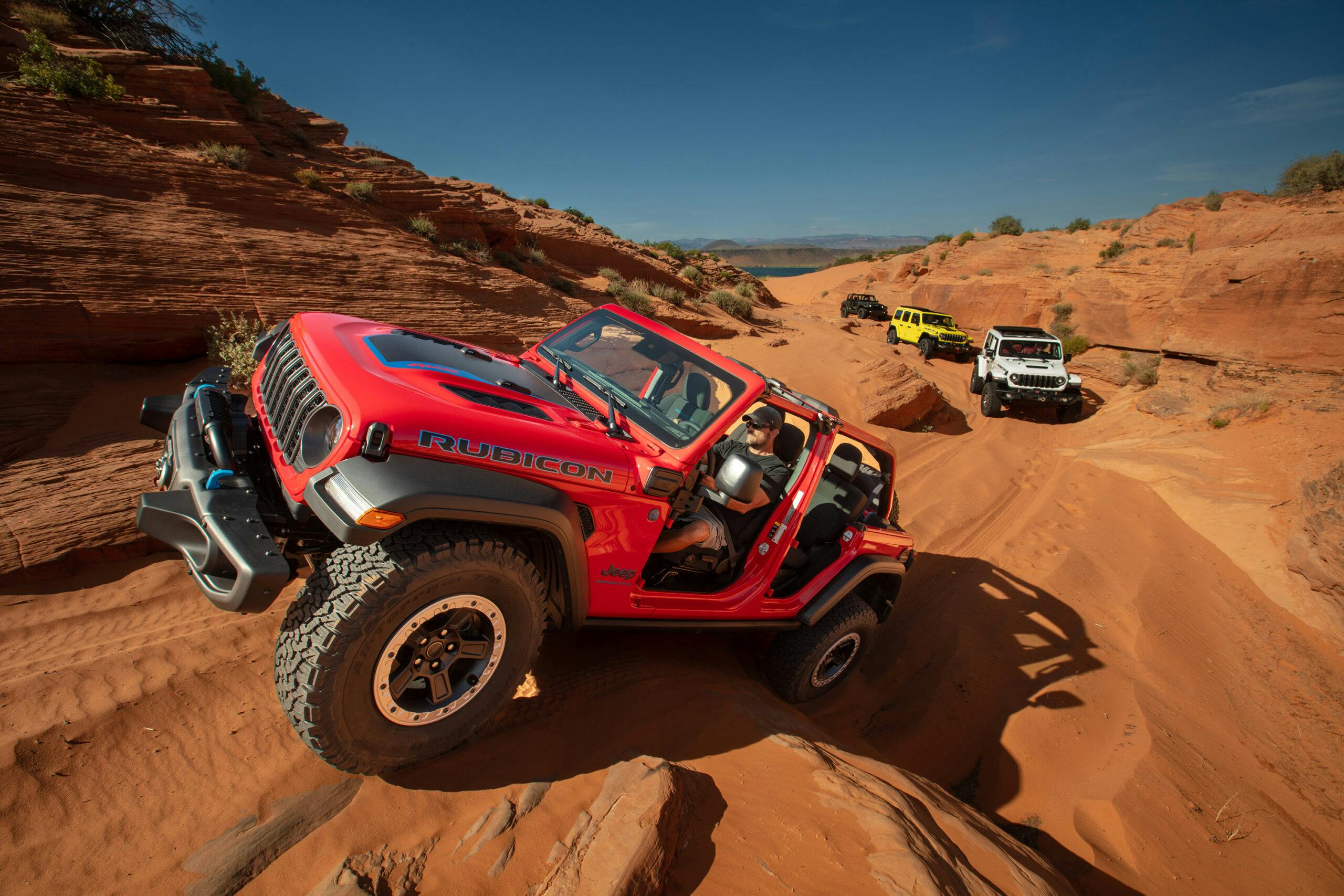
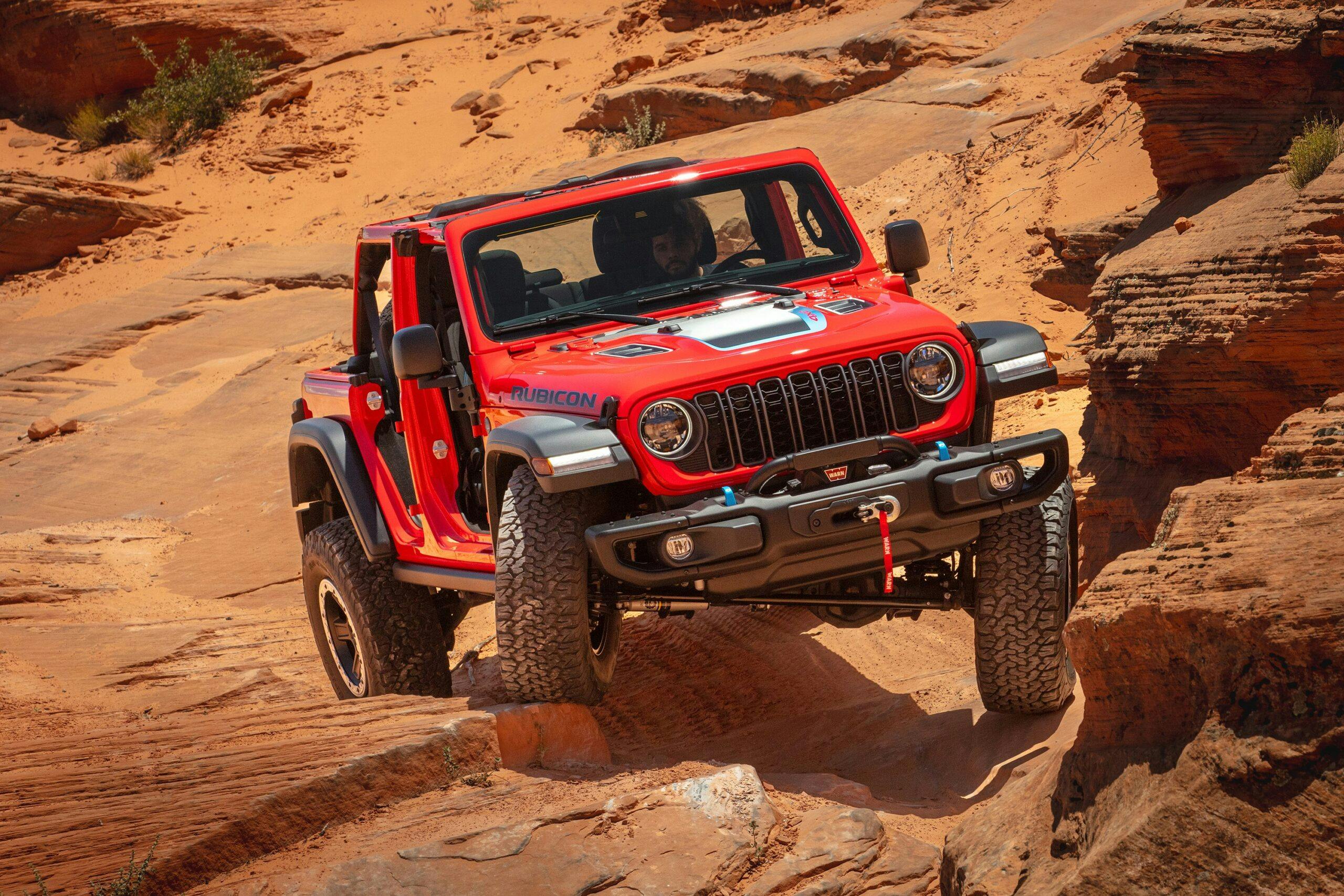
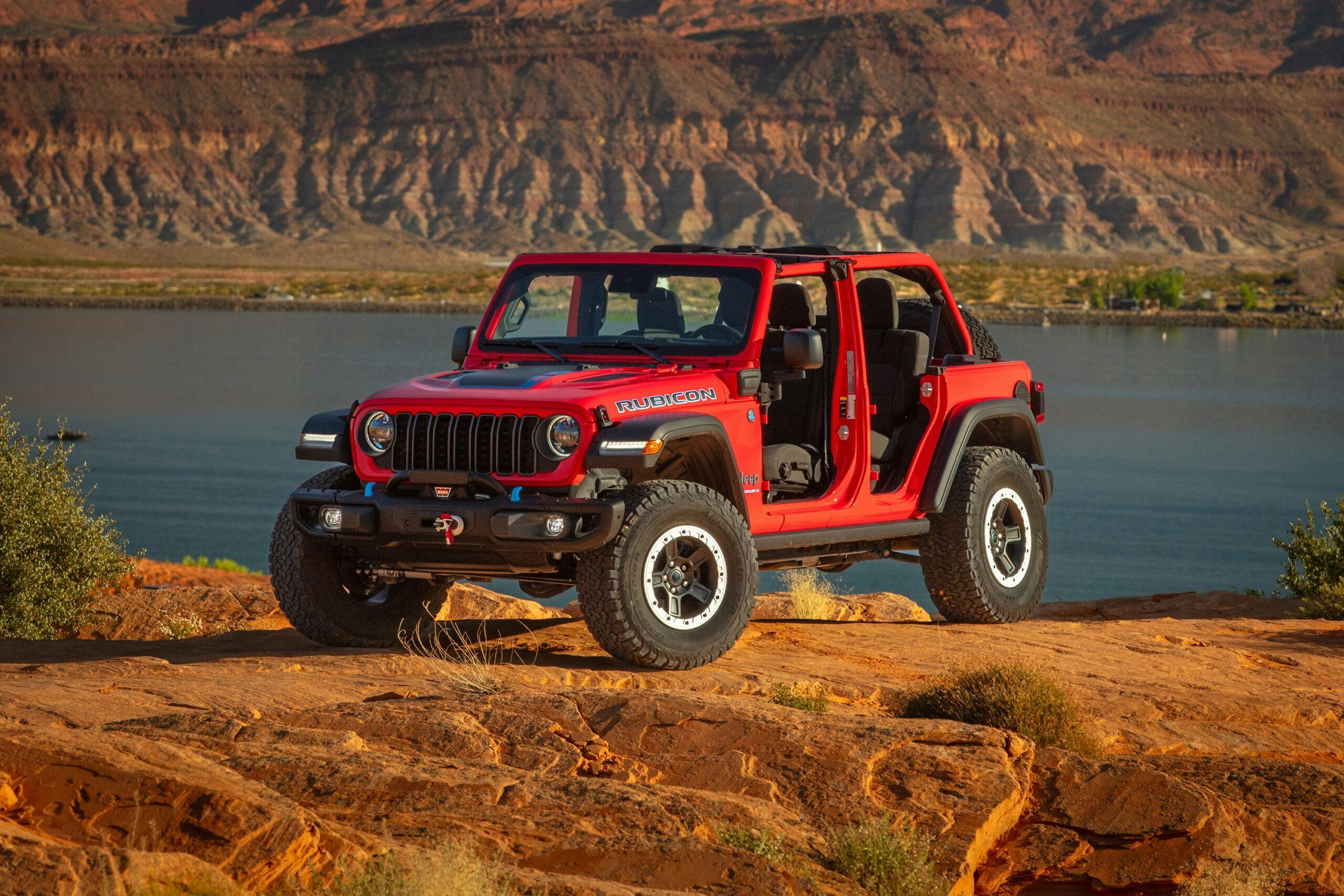
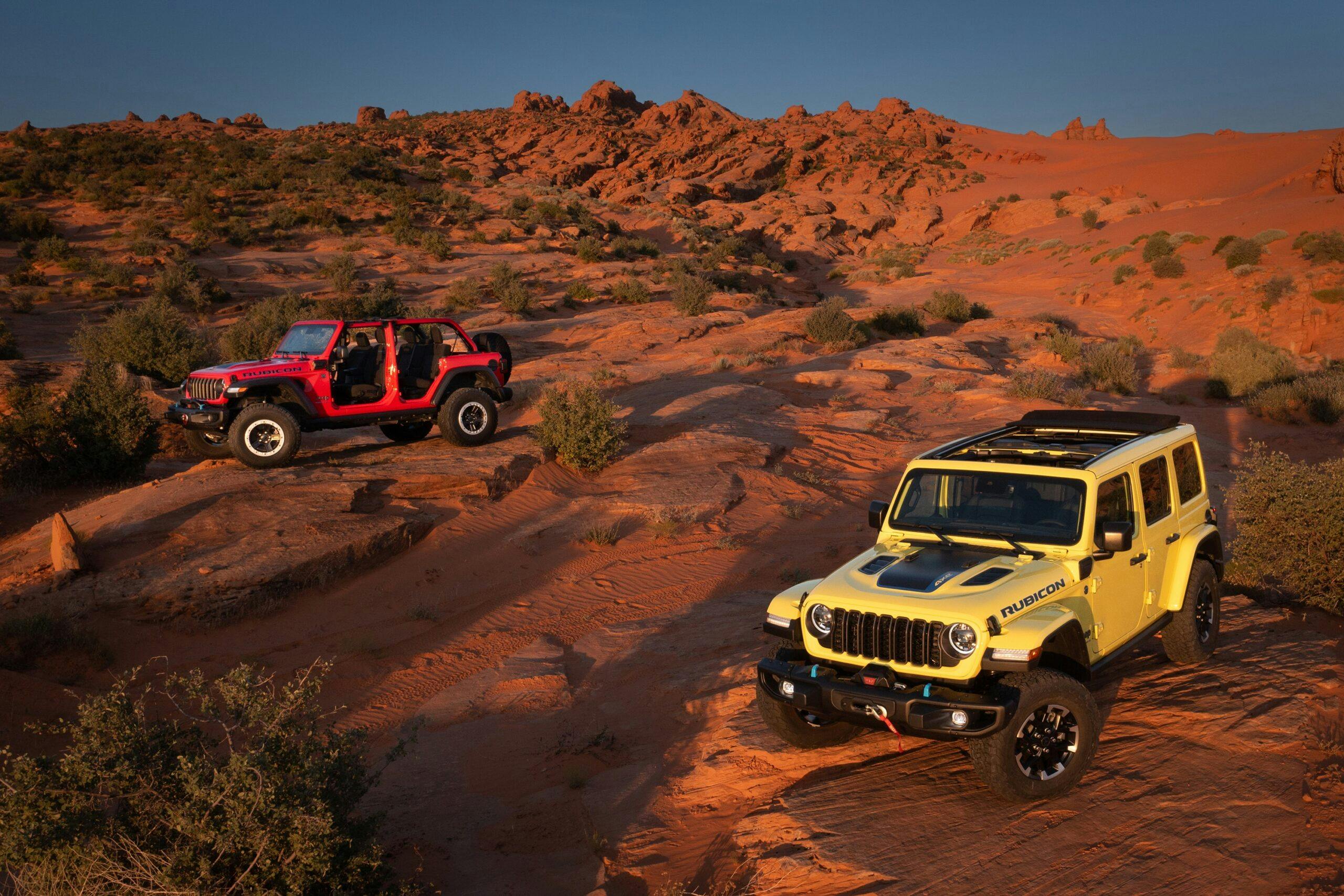

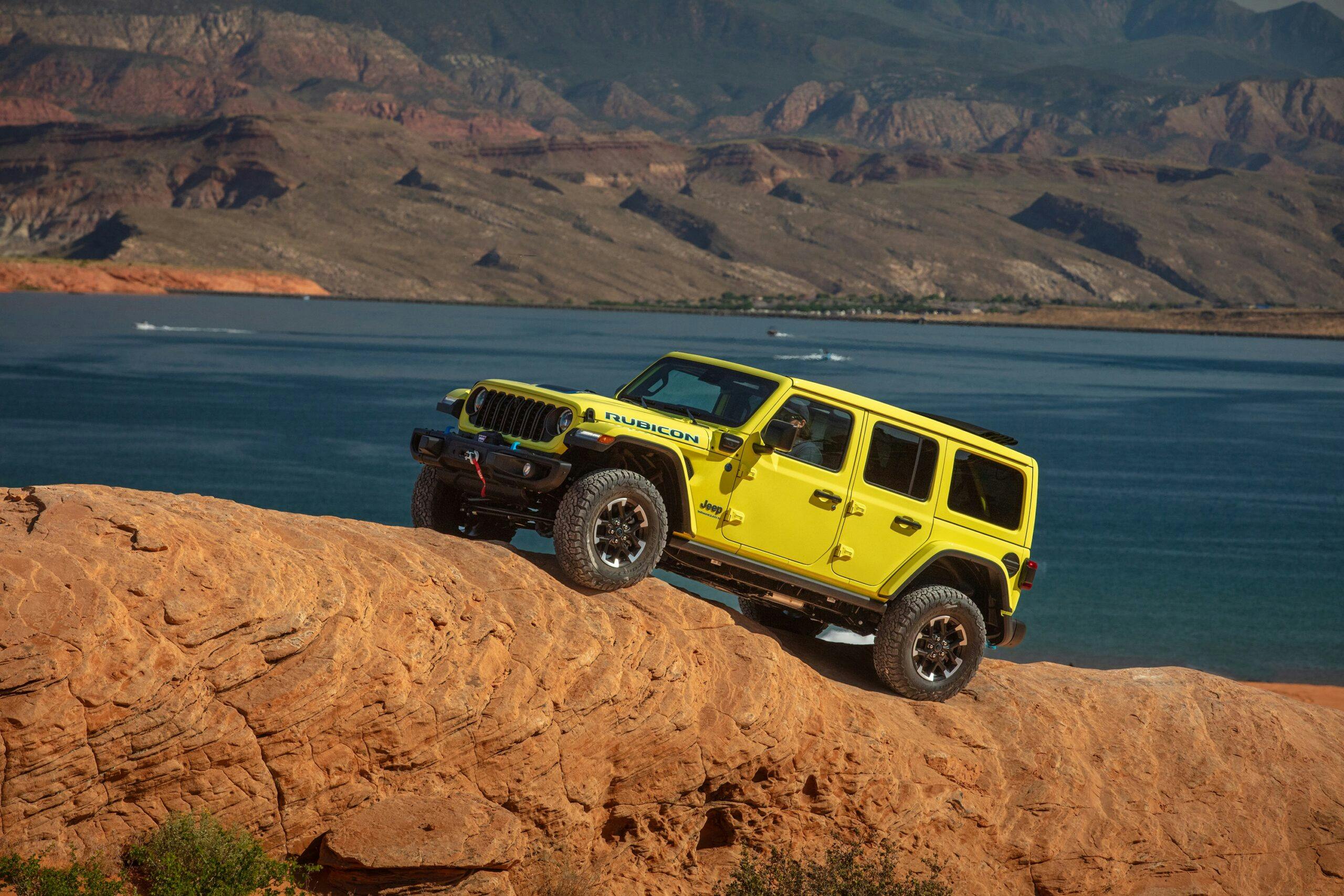
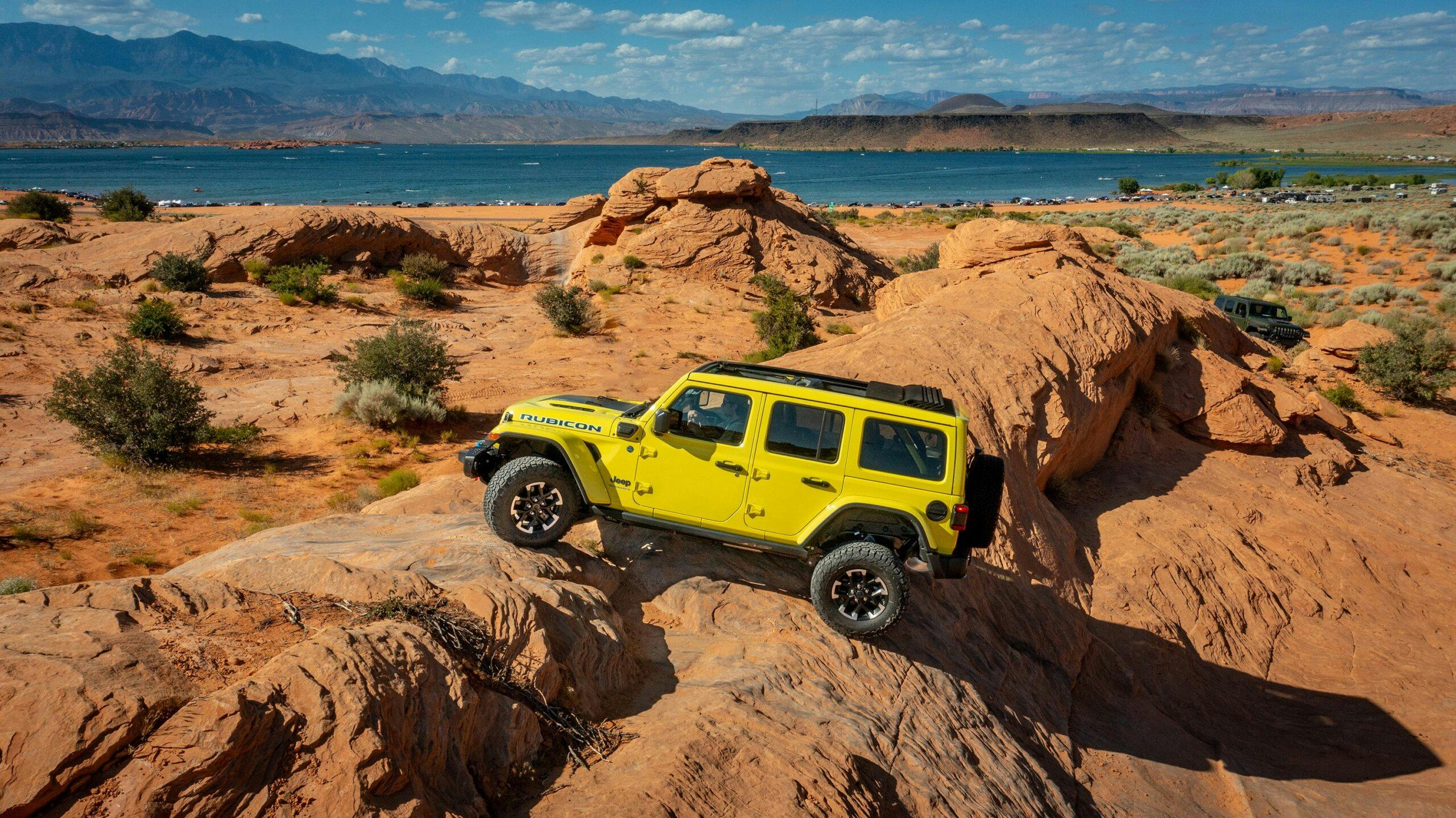


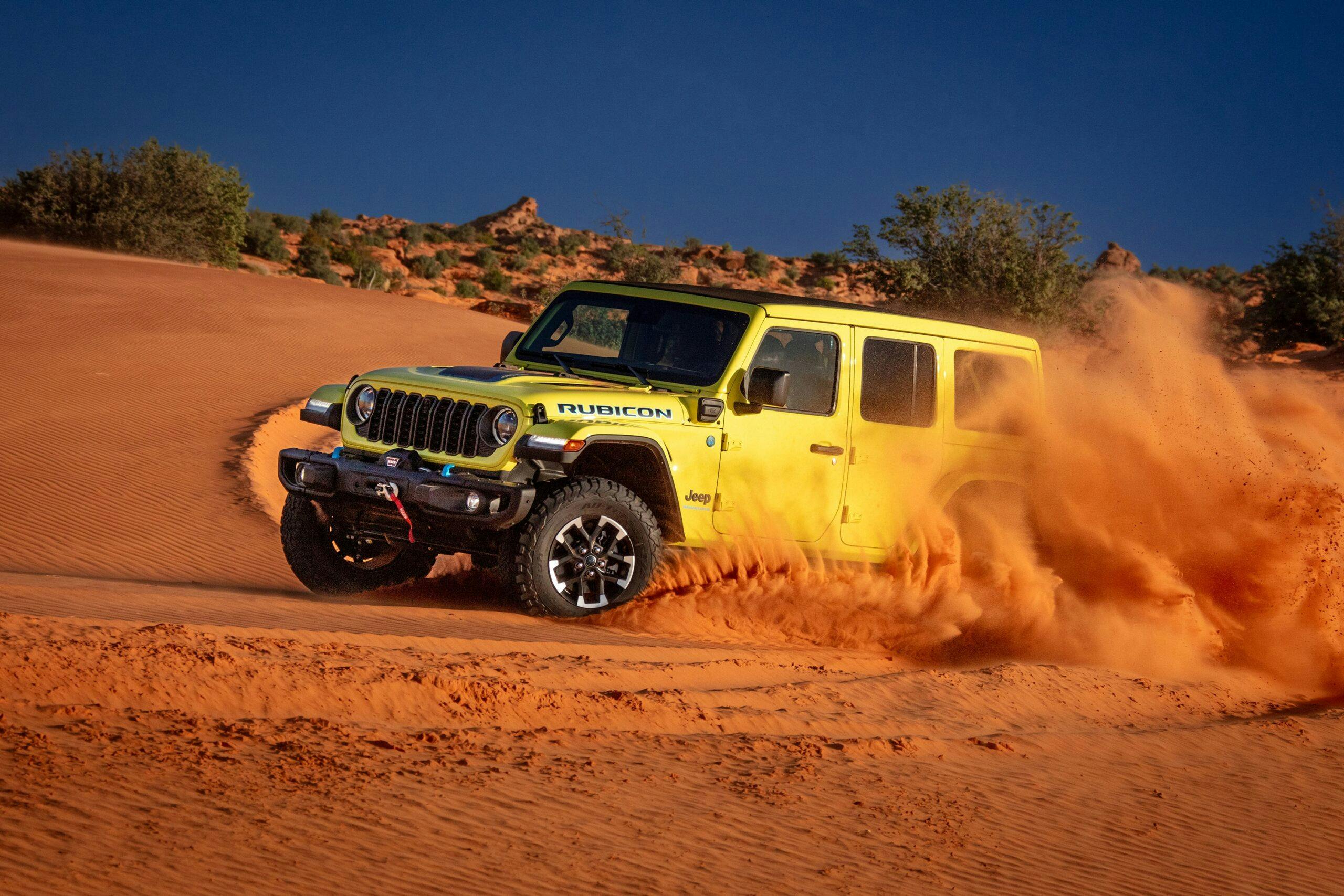
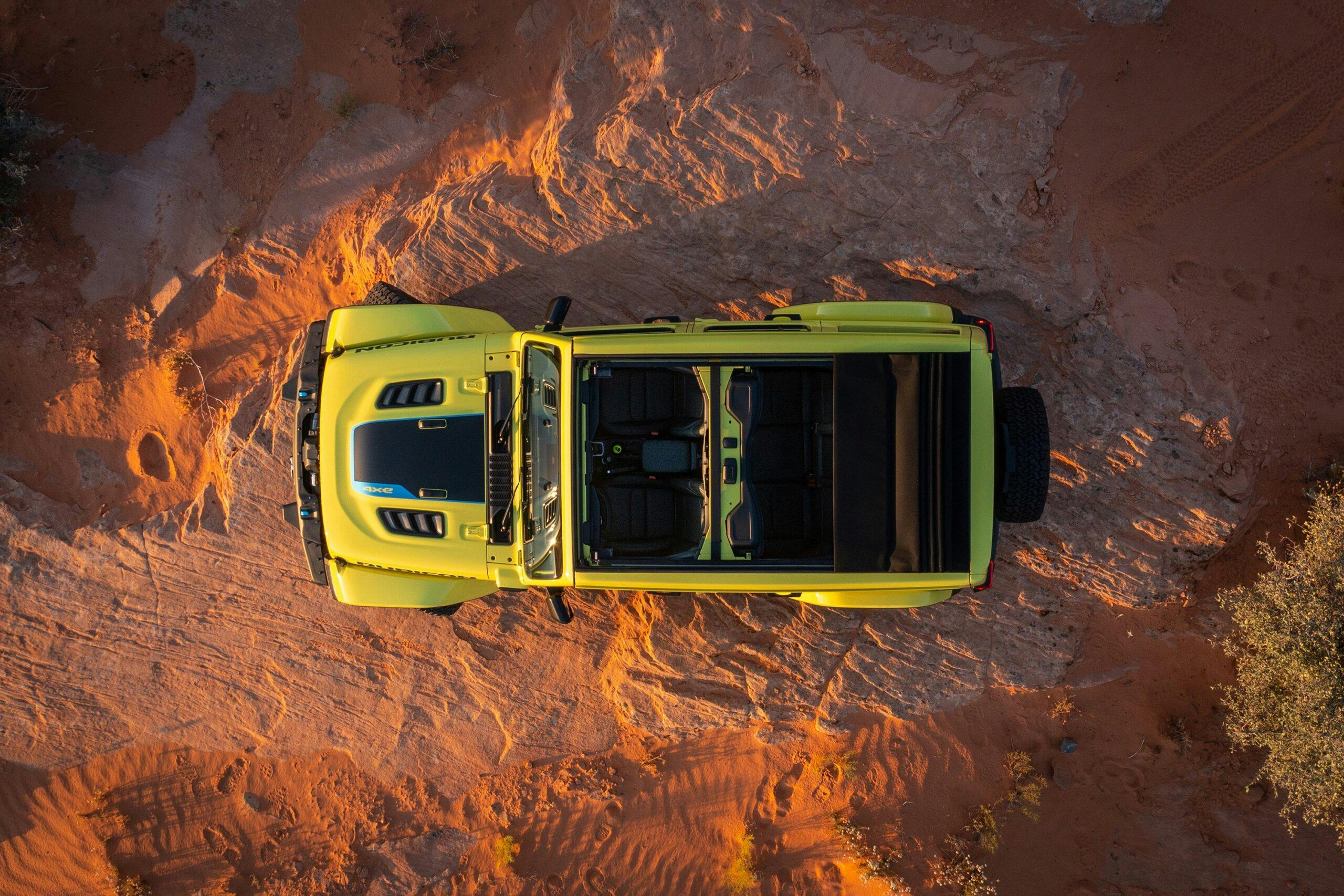
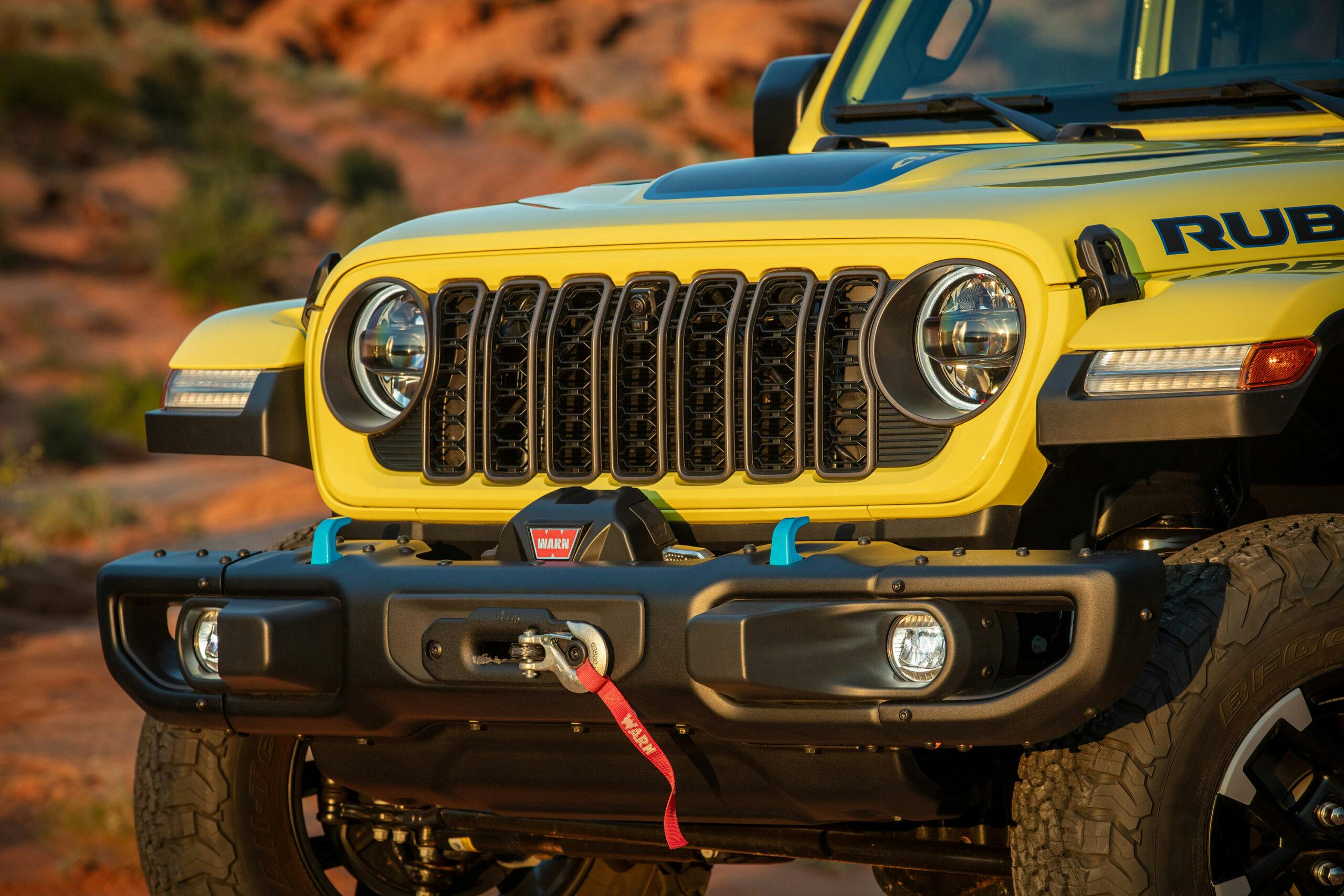














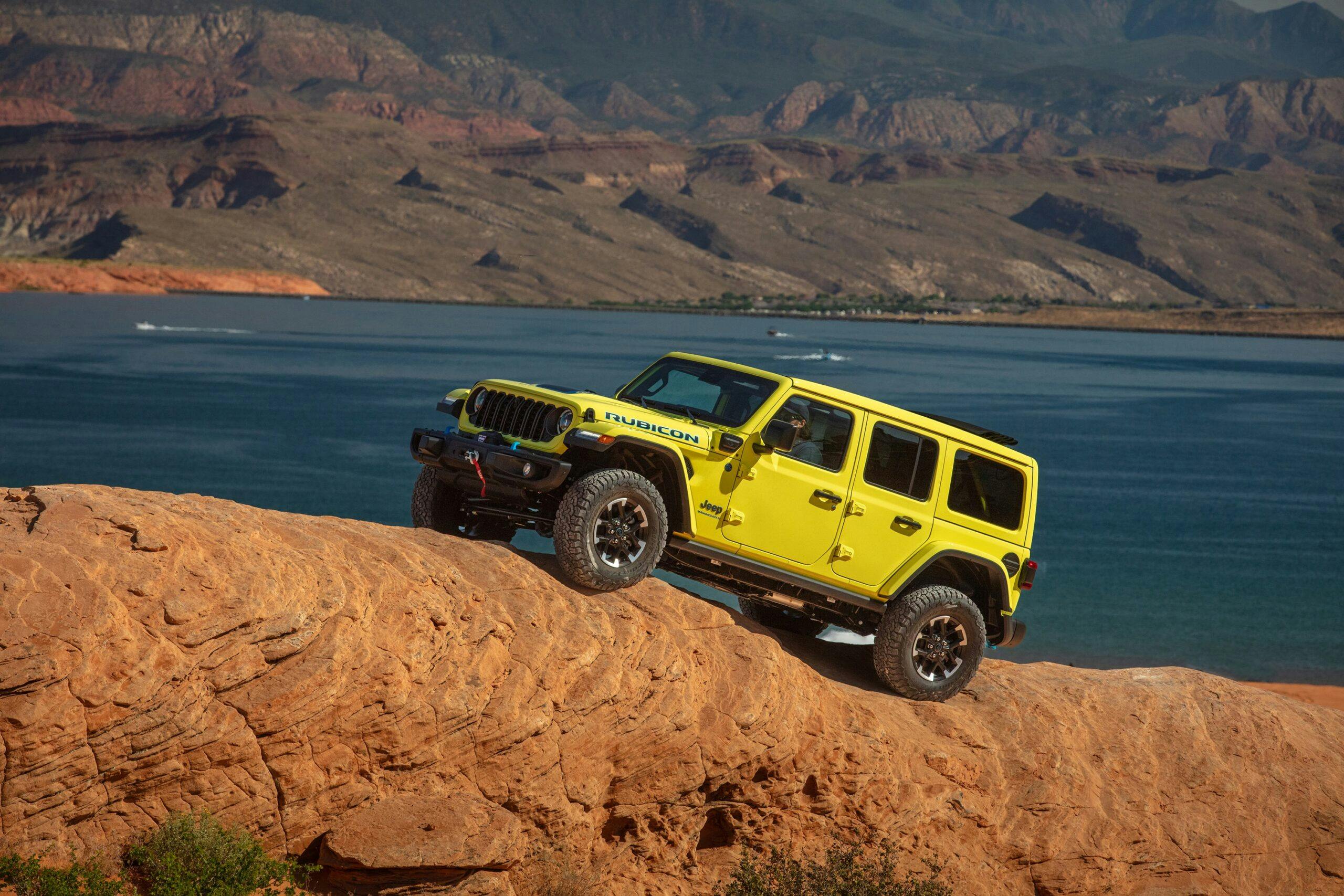





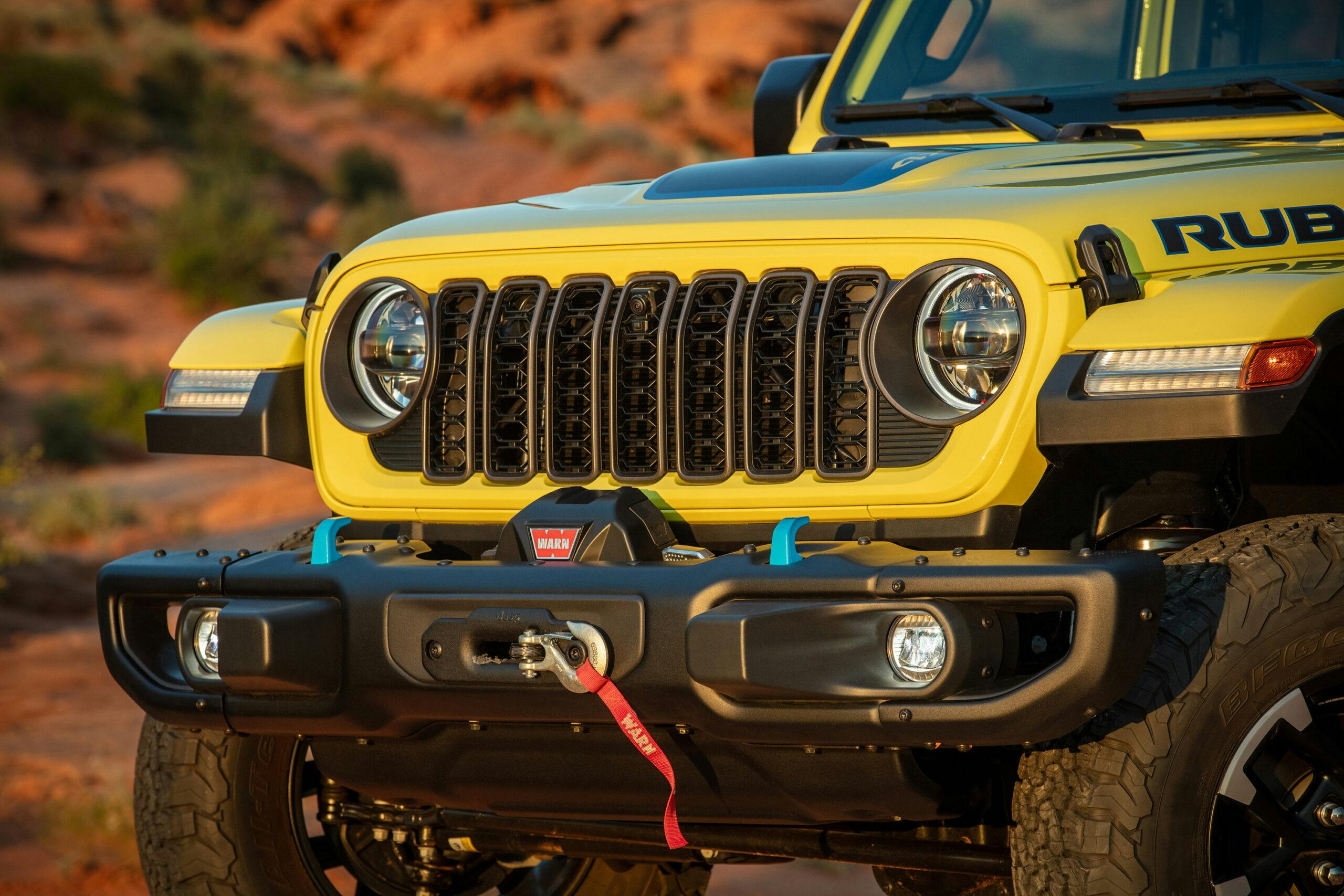

The Dana full-float is a nice option to get towing to a more useful number. Here’s hoping Ford will follow suit and make it an option for the Bronco. The winch is nicely integrated, and even though I’ve not considered a winch necessary for my off-roading, if I had an option like this, I probably would have checked that box.
The hybrid is the ideal powertrain today. Why not take advantage of extra fuel economy, particularly for daily driving, without losing the convenience and quick fill-ups (and ability to bring extra range) with gasoline.
As a Bronco owner, I respect that Jeep isn’t taking the competition lying down and is doing more than merely matching competitor’s features.
I would not want the extra weight and complexity of the plug in Hybrid, especially when bouncing around in the offroad. On road I’d rather drive anything than a Wrangler.
So the big question is what is the weight difference between the gas and hybrid version?
Seems like electric motivation would work really well for crawling. Could possible do away with the low range gearbox? With instant torque and perfect control at 0rpm, all you need is to remap the throttle (go button?) so that really fine adjustments at 0 to 3 mph would have the same effect as low gearing? If EV drivetrains and chassis construction start to feel rugged instead of fragile perhaps an all new frontier of off-roading awaits…